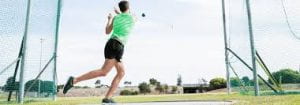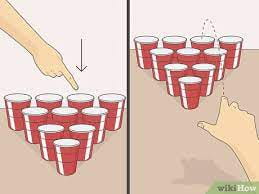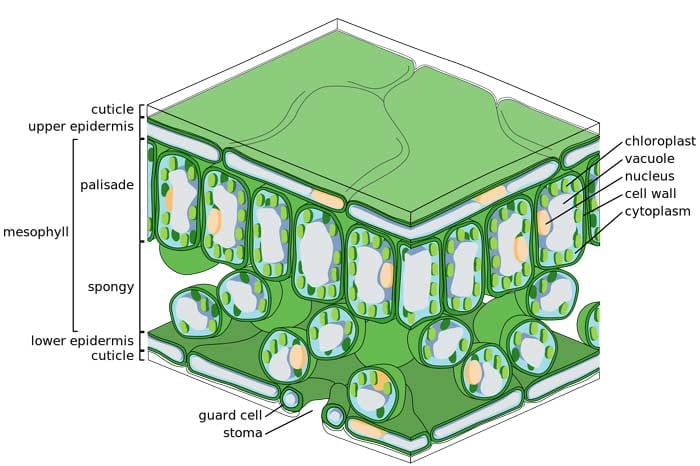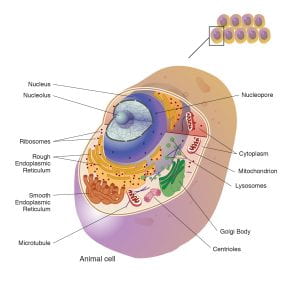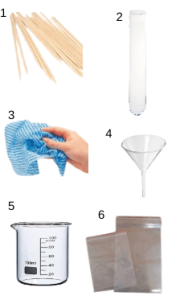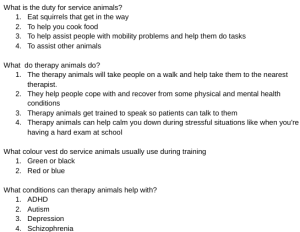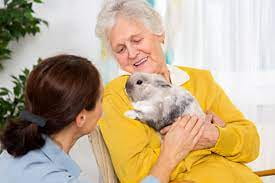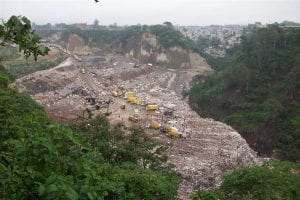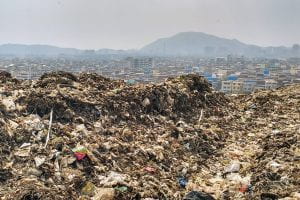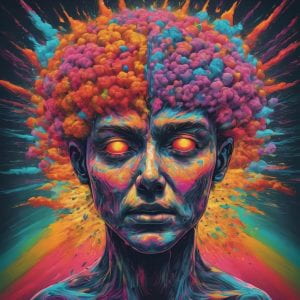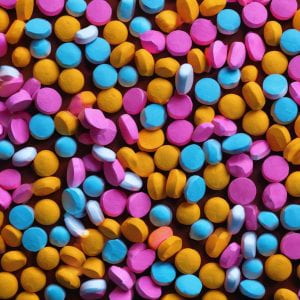Hi Readers!!
For the past lessons in Social Studies we have been focusing on the topic of Freedom Fighters. We discussed the story of an Anarchist (person who supports anarchy) whom was called Neil Roberts. His story was of him blowing up the Wanganui House computer which turned to him ending his life.
Today we got assigned the task of creating a poster on Canva or paper. The poster required the definition of the five r’s; remembered, resulting in change, revealing, remarkable and resonant. For me, creating a poster on Canva seemed more attainable to do. So that’s what I did. I chose a template and begun writing the meanings down. Below is the poster.
I hope you enjoy reading the definitions!
Freedom Fighters by Jordan
Google Earth Work
During the past lessons, we began researching disasters/people that were significant in various ways. We needed to choose at least 5 different ideas and write and research about it. I chose significant events from Thailand, Myanmar/Burma, Philippines, Malaysia and Timor-Leste + Michelle Yeoh and José Rizal.
Then I opened google earth up and pin pointed the significant people & places. After that I included the important information. Next I added some images, then re-read to make sure everything made sense.
Here is the link to my work:
Google Earth Work
India’s Independence
In Today’s lesson we began learning about the independence of India. We learned 4 new key words and talked about the definitions. Under this are the words!
Must know words
- Colonization – A country that takes control of another country that isn’t their own. They establish new rules and control the indigenous people of the specific area.
- Independence – Freedom to create new laws/choices for their country. This gives them the chance to do this without being governed or controlled by a country, organization etc.
- Empire – Similar to the British Empire. It’s a classification of nations ruled by an emperor, country/government. Another empire is the Russian Empire. Each of the countries in the Empire are ruled by the same country.
- Passive Resistance – The refusal of following the government without using violence. It shows how you oppose certain rules/things.
After we learned the rules, we made a poster on Canva about the Independence of India. We needed to include the geography, culture/people (Socio-cultural), nature, government & economy and history. I used a template and then moved the text around to make more room for text and pictures; to create the poster. Hope you enjoy the poster.
Beneath is my poster!
India by Jordan
Mahatma Gandhi
On Friday, we began researching Mahatma Gandhi. We watched two videos of him, in them they explained his life story. The first one was a movie trailer. In my opinion, this video wasn’t as reliable because, it didn’t include historical facts. Afterwards, we watched a video involving more facts that are trustworthy. This had his place of birth, what jobs he had, obstacles throughout his life and the good & bad.
Next, we began creating a profile of his legacy. For the profile/poster we needed to embrace his place of birth, job, belief/faith, what he wanted for India, how his actions went and why he’s a freedom fighter. It was very simple to create this and I enjoyed learning more about him. His life was definitely interesting.
Here is the profile I made of him:
Mahatma Gandhi by Jordan
Lawyer Paragraph
For the final task of this topic we were assigned to write a lawyer paragraph. We read two articles displaying what he did to start the salt march and what happened throughout it. After I read the two, I began writing the paragraph. It was a bit difficult at the start, however, in the end I managed to make a summary of my point. I found it engaging in learning about it. Hope you enjoy reading my lawyer paragraph!!!
Here is what I wrote:
The salt march was an immense, dreadful, grim event in India’s history.
Fabrication of salt sales was declining due to British laws. Laws from them forbade the citizens of India to produce/sell salt singly. Imported salt was the only creation they could purchase. Indigent were laboriously affected — the majority weren’t able to afford salt. Protests have been continuously going on since 1900. In 1930, Mahatma Gandhi (Gandhi) set foot to fight for freedom. He displayed disobedience to British acts using a non-violent and peaceful protesting resolution. On the 12th of March 1930, Gandhi, along with several others, began the Salt March. The Salt March started in Sabermati, near his Ashram (religious retreat). As each day passed, he stopped at a village. Each time, it was different. With this, he guided more to protest strongly against inequality. Eventually, thousands of peaceful protesters followed the route to the sea until the 5th of April. Over 385 kilometres were walked till they reached Dandi. On the morning of the 6th of April, he and his supporters infringed the law. They successfully produced salt along the shore of Dandi. For the remaining two months, they continued to obey the law. After a while, thousands ( over 60,000) were arrested or punished. From this, Gandhi was behind bars. In January 1931, he’d emancipated from custody. An agreement was made on the 5th of March to declare the arguments between the two. Mahatma Gandhi is globally known for the first act of civil disobedience towards the British Empire’s rule in India. Peaceful protests have continued to this day. It’s an even better solution to receiving guidance and recognition. Gandhi was the glue to the independence of India and history. Without him, India would’ve still been going through a depressing time.
North Atlantic Slave Trade
Last week we learned about the slave trade first. Specifically, the ‘North Atlantic Slave Trade’. It’s also known for the slave triangle.
After researching/learning we were tasked to create a poster. In it, we needed to describe what the slave trade was. I managed to accomplish this task easily. Hope you learn more from reading!
Atlantic by Jordan
Black Civil Rights Organization
Segregation = To be separated due to certain reasons. This could influence someone to be separated for long term or short term.
Integration = The idea of combining two or more things together. Which produces a whole.
Racism = Being disrespectful of someone due to their specific ethnicity. It’s very common in people of colour; Asians, Africans, Hispanic, Pacific Islanders, etc.
Discrimination = This means to treat someone differently compared to other people. This could be because of their race, age, looks etc.
Passive and Peaceful Protests = Protesting without any domestic violence. These are commonly known from Mahatma Gandhi.
Equality = Having all the rights you need to survive and have the right to have. This includes freedom and all races and people to have the same things and be able to do specific things.
We’ve recently begun a new topic in Social Studies. For this topic, it’s about black Civil rights. It’s a very sensitive topic and a very important part of history. This explains important events throughout the years of inequality. There are many freedom fighters included in this.
Brown vs Board of Education
Why was the supreme court decision significant?
The decision of this court case affected more than 1 group of colour heavily. In today’s time, it is still affecting history. Intentionally at the start people of colour were separated from those of European/white descent. This deliberately impacted education and all rights of Black (and people of colour). During the 50’s Linda Brown attended a school located in Topeka, Kansas. She was rejected and told to go to a school 2 hours away (a ‘coloured’ school).
Linda was treated harshly and forced to go there. Instead of continuing this, they took it to court. This exact court case is very significant. The case had 2 sides to it; those who were against it and others who supported it. Brown (Martin Luther King Jr party) was supporting exclusivity with both races; white and people of colour. Opposite parties were opposed to this opinion. Freedom for black rights was important as it affected all races. Education was changed for the better. No matter if you were included or not, you were impacted. School has changed all around the world — there are now schools of mixed races and nationalities. Which created an inclusive equal future of education and schooling.
Martin Luther King Jr by Jordan
Rosa Parks
For the past two lessons in social studies, we’ve learnt about Rosa Parks. I found it very intriguing and interesting to understand/learn about. Her story was very inspiring and significant. Which, still’s a part of today’s history. After researching, watching videos and other stuff we made a poster.
Here is my poster! I hope you like it.
My name is Rosa Parks. by Jordan
Essay
For a practise assessment in Social Studies we needed to do an essay. It was a bit confusing at first but I managed to finish it. Below is the link to my essay!
Montgomery Bus Boycott
Apartheid
The Apartheid was a policy of segregation that occurred in South Africa. This lasted from 1948 to 1994 (46 years). Majority of South Africa’s (African) population was forced to live away from the whites. All public spaces and transport separated both races. Contact was prohibited from the 2 races. Skin colour and facial features was one of the main factors separating them. Nelson Mandela’s role in this was to put this to an end; eliminating this rule to serve justice and heal. Him being the first Black president uplifted the rights for many. His dedication and commitment has caused many to support his efforts.
Nelson by Jordan
Thank you so much for reading my blog post 😁


